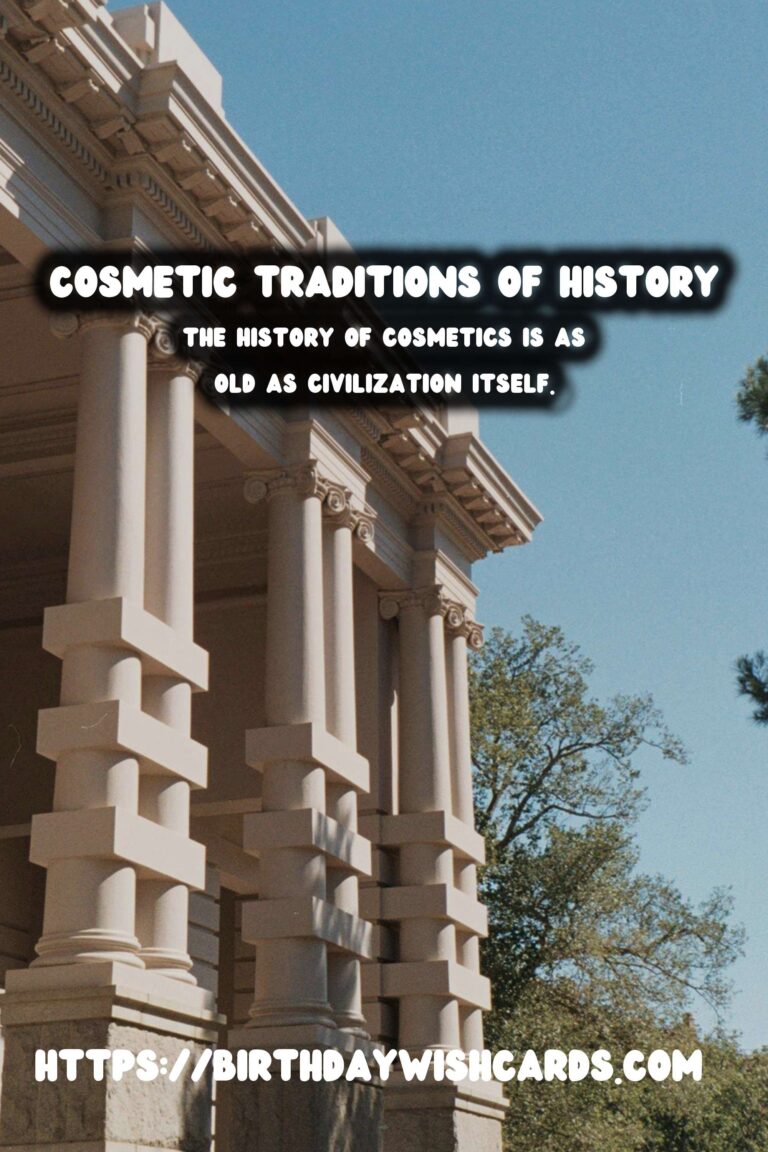
The history of cosmetics is as old as civilization itself. It serves as an intriguing reflection of societal values, technological advancements, and cultural changes over centuries.
The Ancient Egyptian Beauty Rituals
Ancient Egypt is perhaps the most famous early civilization known for its beauty rituals. Cleopatra, the iconic queen, was renowned for her beauty, achieved through elaborate cosmetic rituals. Egyptians used natural ingredients like malachite and kohl to create green and black eyeliners, magnifying the eyes’ allure.
Cleansing and moisturizing were also pivotal, with milk baths and honey treatments being commonplace. These practices were not merely aesthetic; they held cultural significance, associated with protection against evil spirits and social status.
Greek and Roman Influences
The Greeks and Romans inherited and evolved these beauty practices. Greek women popularized the use of white lead and chalk to lighten their skin, aiming for a porcelain complexion that symbolized purity and status. The Romans adopted similar practices, adding innovations like face masks and skin treatments using oils and exotic substances.
The Middle Ages and the Renaissance
The Middle Ages saw a decline in cosmetic use due to religious influences, emphasizing inner beauty over outward adornment. However, the Renaissance brought a revival, with Italian and French cosmetics dominating Europe. Women sought fair skin with a hint of blush, using lead-based powders despite health risks.
Elizabethan Era Elegance
Queen Elizabeth I epitomized the opulent cosmetic trends of the late 16th century. Her signature look of a stark white face and rosy cheeks, achieved using ceruse (a mix of white lead and vinegar), became the beauty standard. The era also saw the introduction of perfumes made from floral essences.
While fashion dictated trends, microbial concerns emerged, prompting the use of masks and balms. Cosmetics evolved from merely decorative to protective, reflecting the growing awareness of hygiene.
Conclusion
From the sacred rituals of Ancient Egypt to the high fashion of the Elizabethan era, cosmetics have played a pivotal role in human history. Each era brought new ideas and challenges, shaping the perceptions and practices surrounding beauty.
The history of cosmetics is as old as civilization itself. Cleopatra, the iconic queen, was renowned for her beauty, achieved through elaborate cosmetic rituals. 
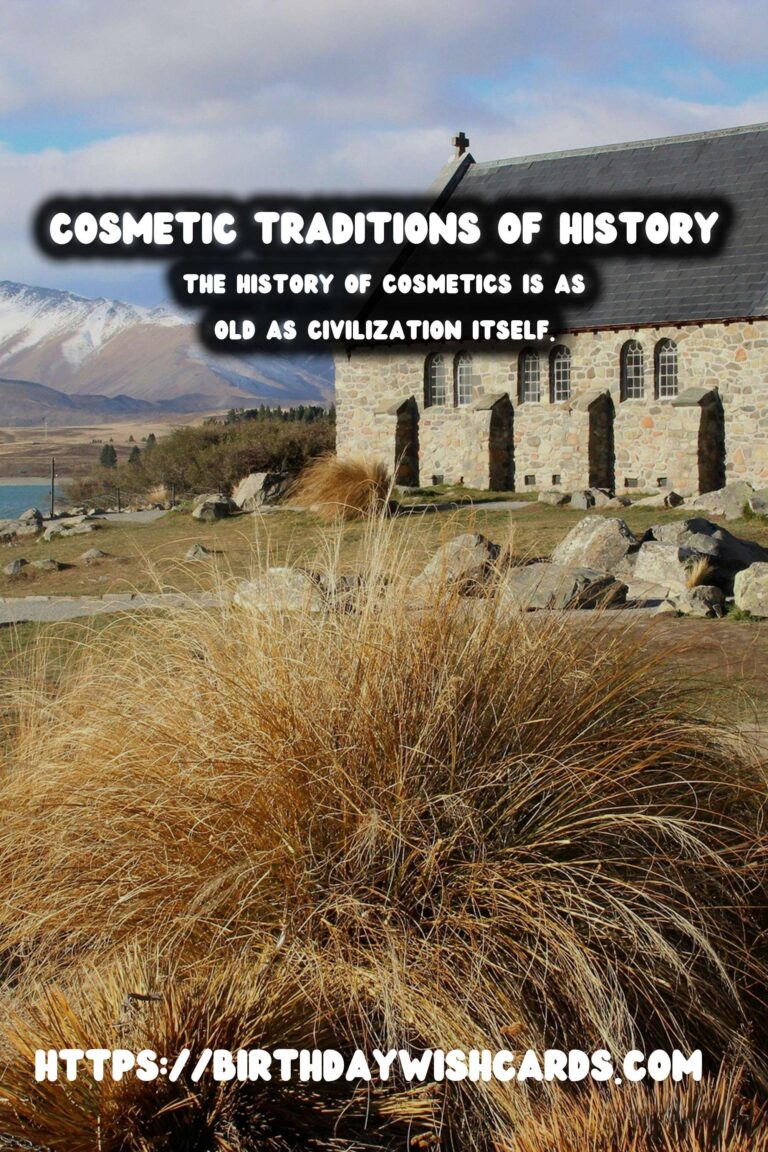
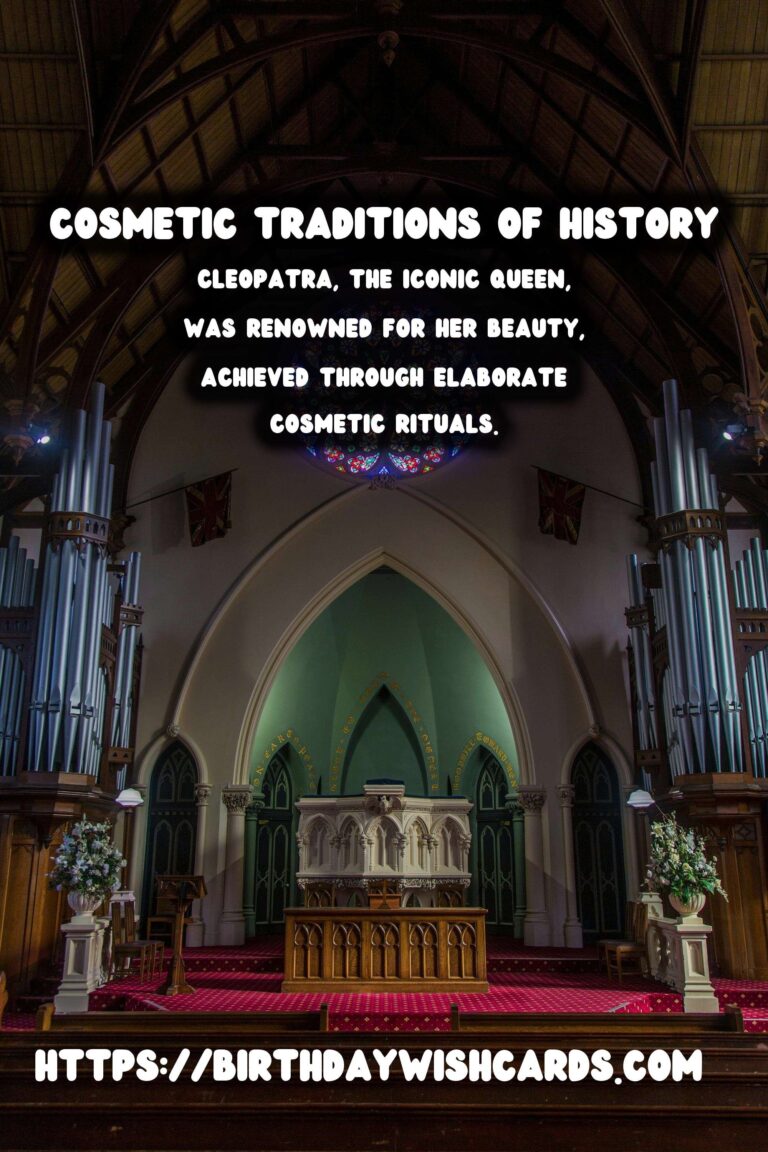
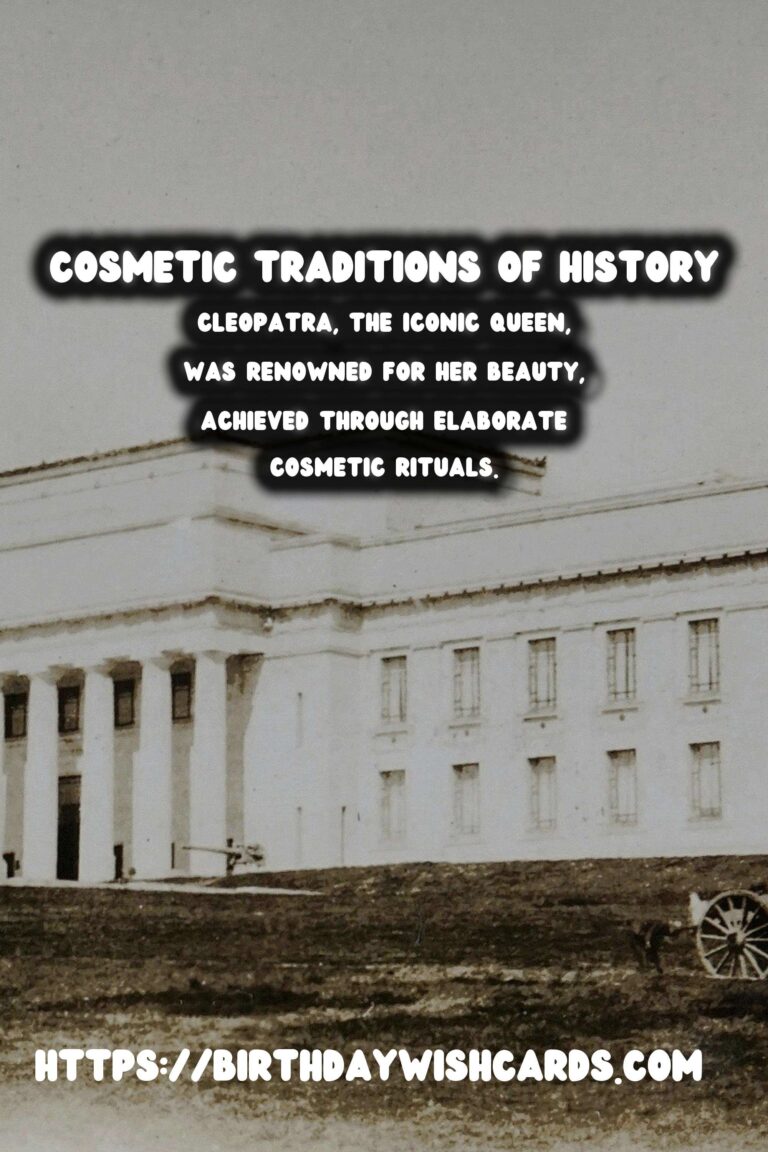
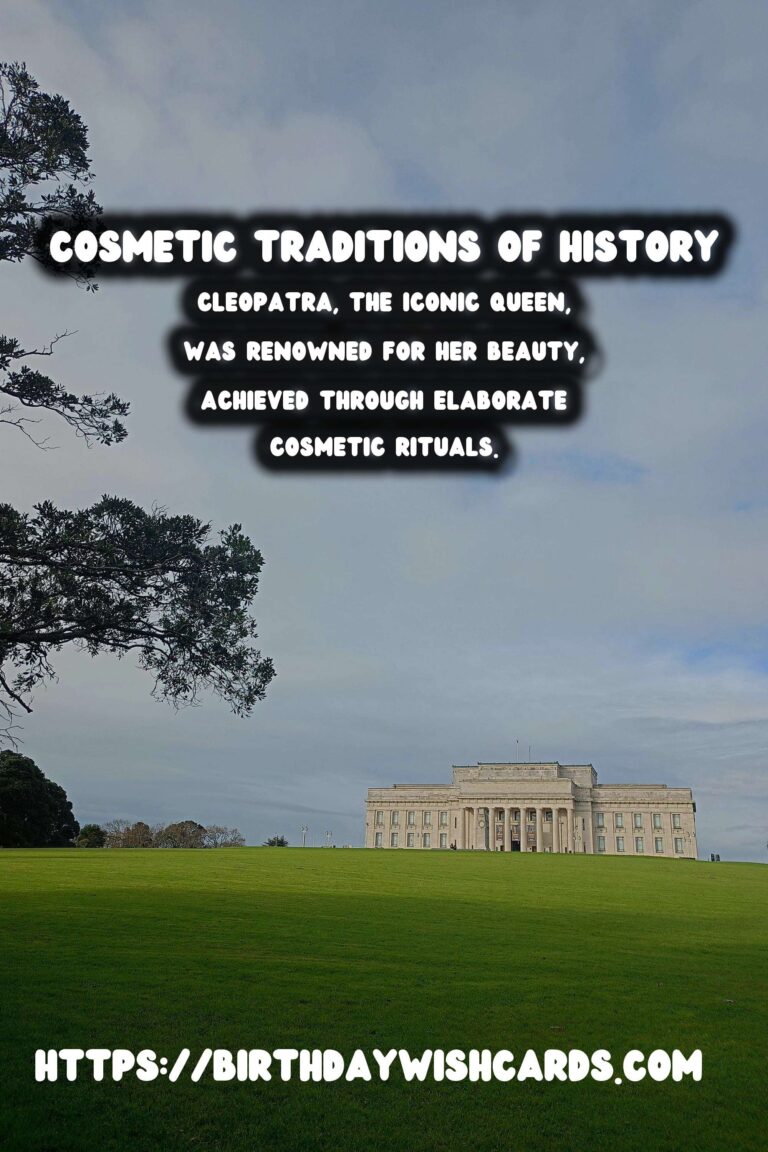
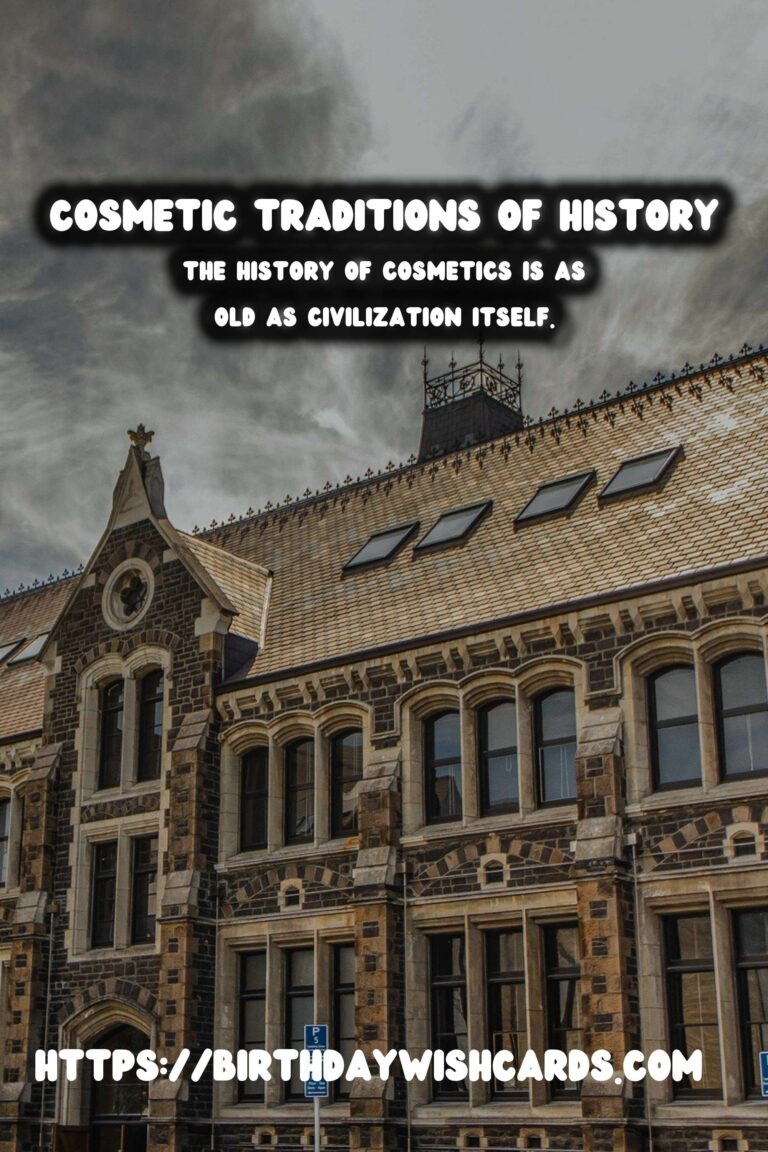
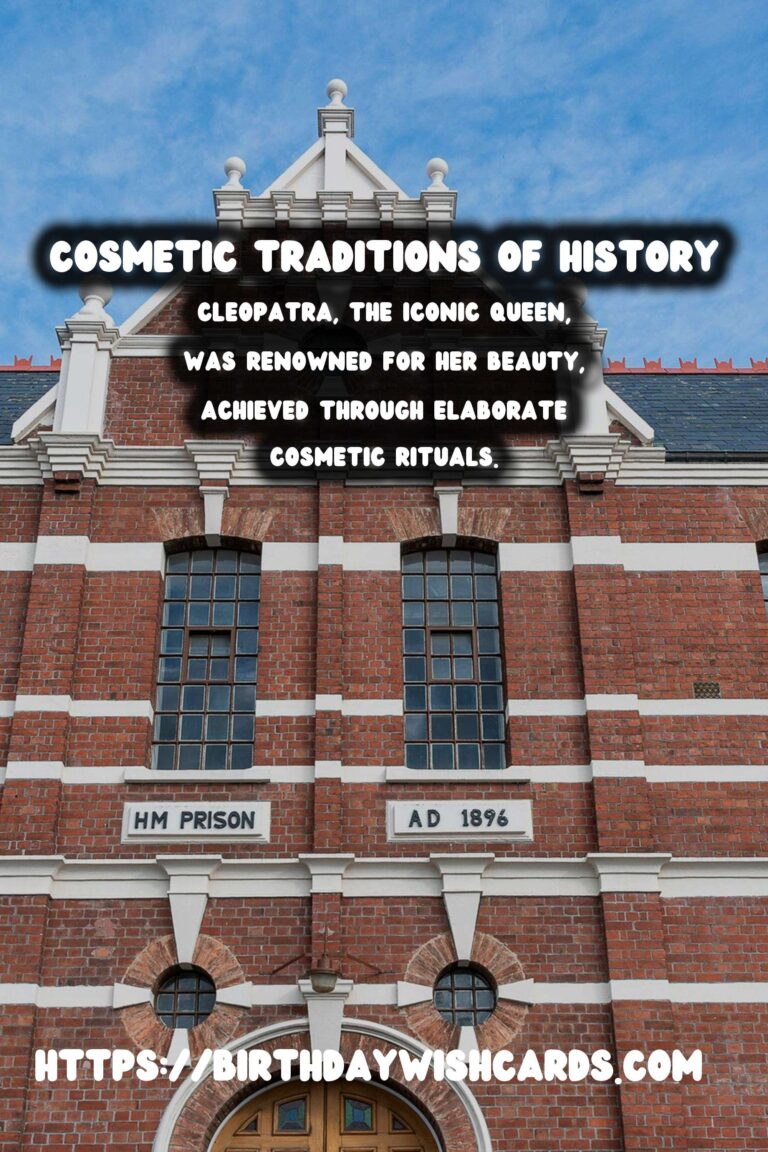
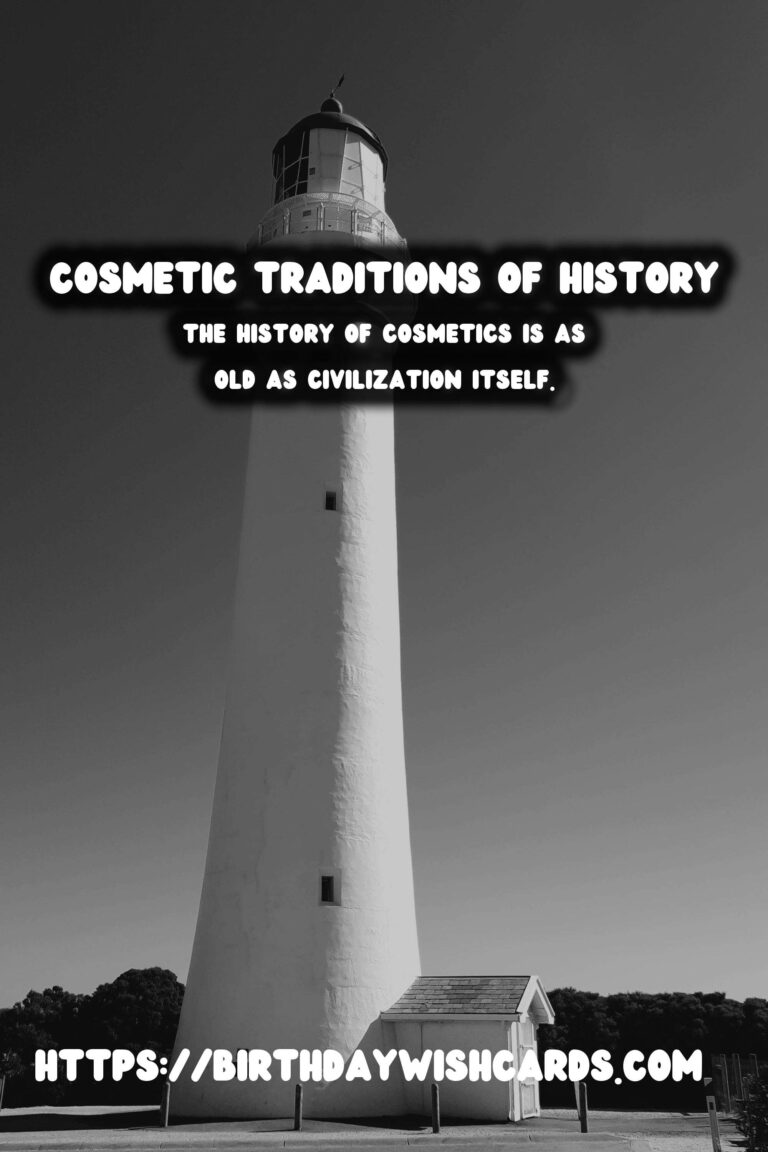
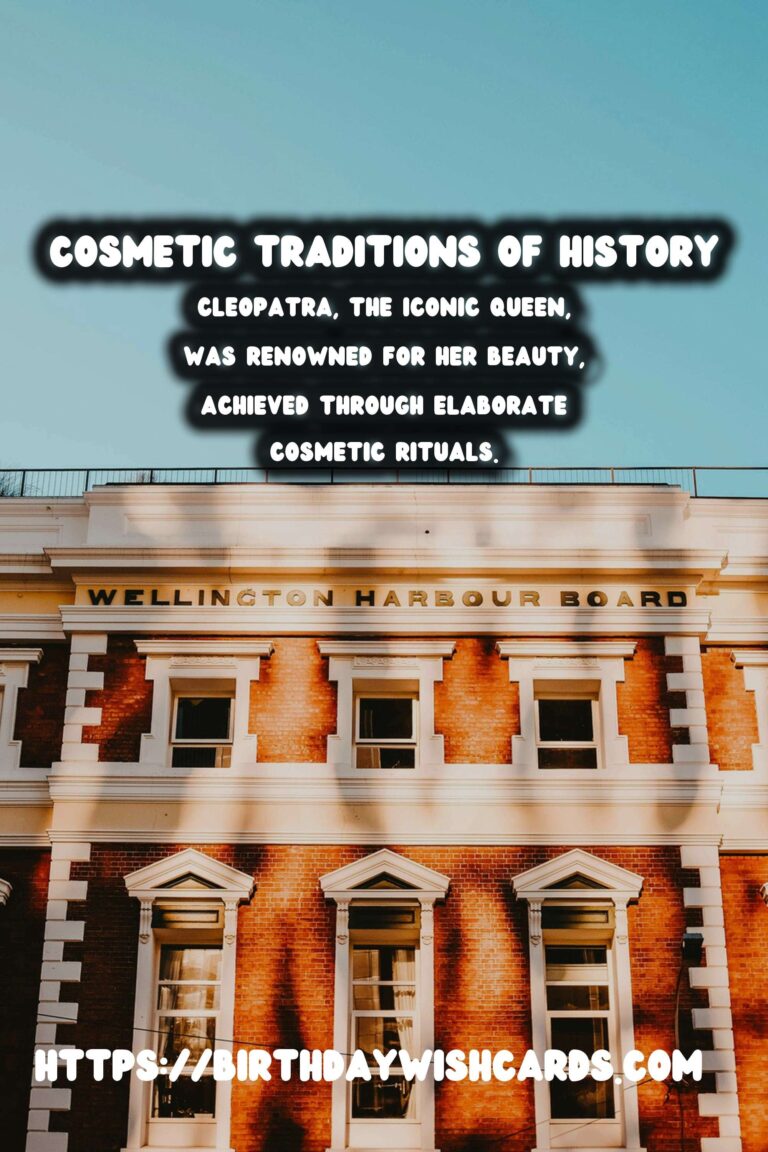
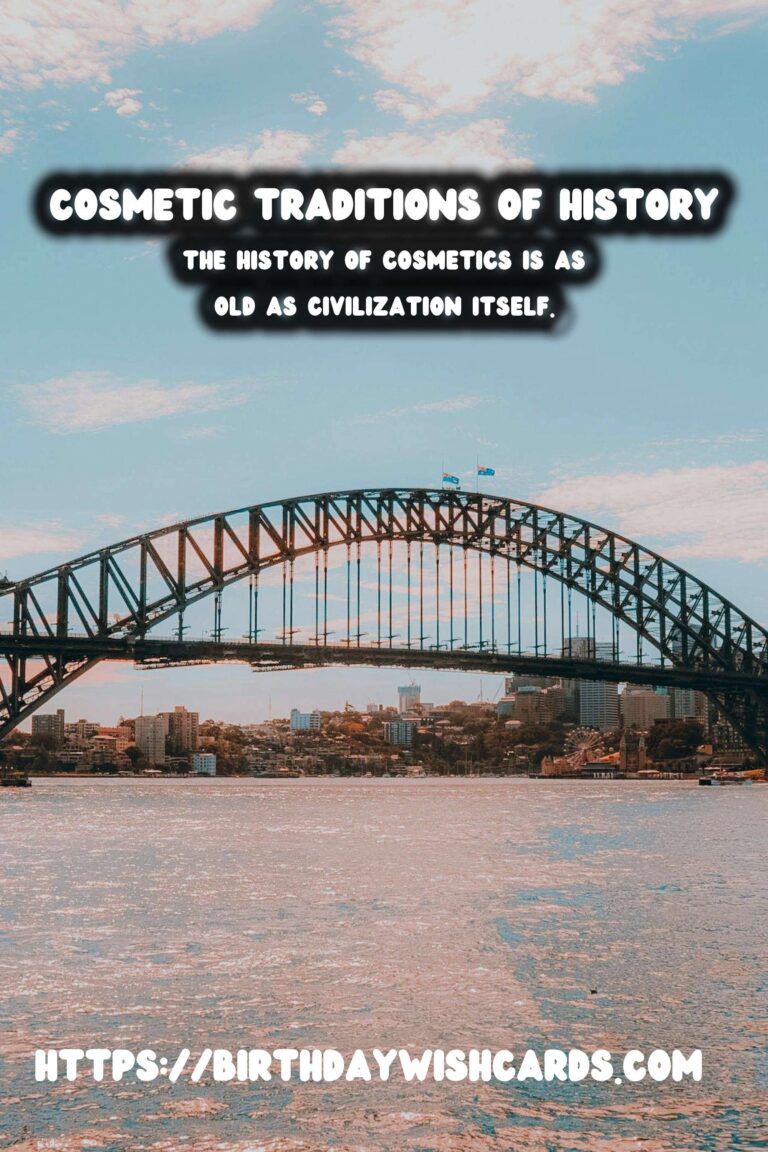
#History #Cosmetics




